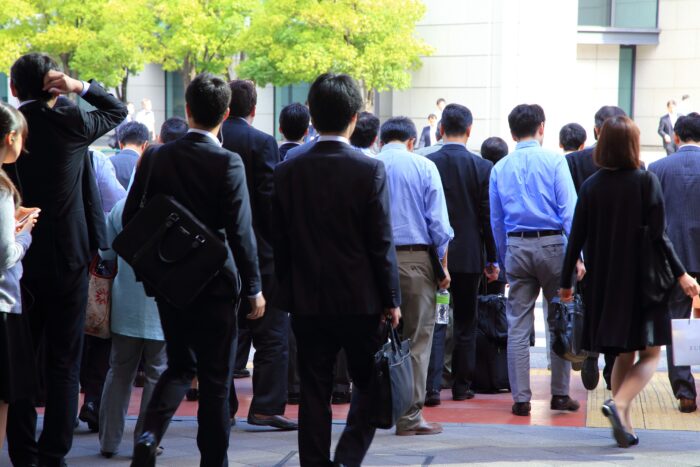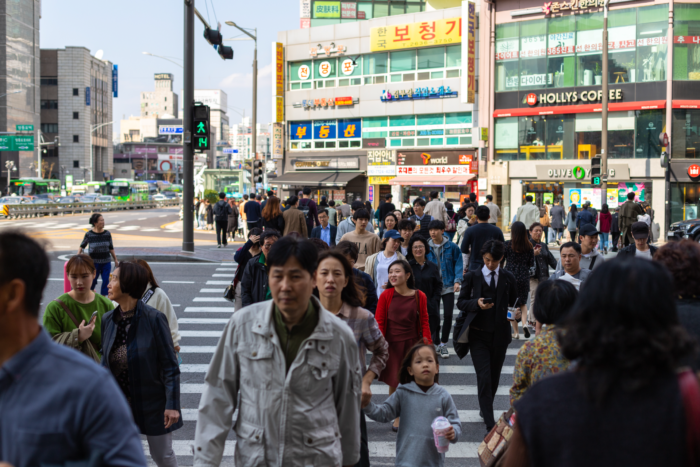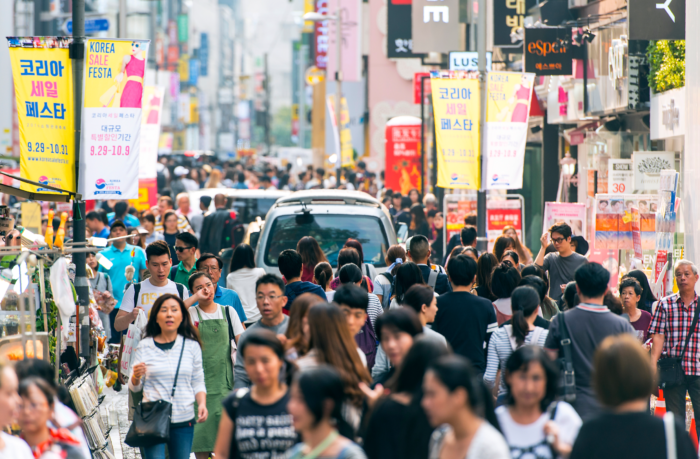Workplace bullying hits harder on men’s mental health

A recent study shows that male employees are more likely to be affected than female employees by bullying in the workplace.
Gossip at work? Go ahead, it’s beneficial to your employees

Workplace gossip can be a factor in reducing employee turnover and boosting positive feelings amongst employees.
Seniors fill majority of new jobs in South Korea

South Korea’s job market sees a shift as seniors secure over half of the new positions in 2022, while young talent claims a minimal share.
South Korea increases job hiring this year, youth hiring falls

The country sees an increase in paid employees this year, but also sees a decline in hiring younger employees in their 20s or younger.
Employment rate of women in South Korea rises

The increase in female employment in South Korea has been attributed to more women returning to the workplace after the pandemic.
How abusive leadership affects employees

Research focusing on the US and South Korea shows the mitigating effects of toxic leaders on employees and their initiative to act.
South Korea’s ageing workforce filling labour shortage gap

Over 9.3 million South Koreans aged 55 to 79 are defying retirement, with the highest labour force participation since 2005.
South Korea embraces AI’s transformation of labour market

South Korea’s Minister of Employment and Labour has urged firms to be ready for new technologies and has pledged more support for employees.
South Korea sees a rise in job growth and a fall in unemployment

South Korea saw its employment rise for the second consecutive month this year, with a 1.1% increase in employment from the year before.
Income struggles compelling older South Koreans to stay employed

As South Korea’s elderly population surges, financial hardship is becoming a pressing issue, particularly among those aged 65 or older.
New policies to address workforce imbalance in South Korea

Foreign employee expansion and flexible regulations have reduced job vacancies in South Korea, with younger generations most impacted.
South Korea failing to stamp out workplace gender discrimination

Receiving inappropriate comments and not being valued for their work are some of the pervasive challenges faced by women.
Gender income gap in South Korea despite rise in female employment

While the number of women employed in South Korea was at an all-time high last year, the gender income gap has still not been addressed.
The key questions for recruiters to ask during interviews

Instead of fielding intrusive and unnecessary questions to job applicants, recruiters should focus on experience sharing.
South Korea’s job growth slows for fourth consecutive month

The country’s total workforce now numbers 28.68 million, as the unemployment rate fell to 2.7% in July, the lowest recorded since 1999.
South Korea faces skill shortages amidst ageing workforce

The country’s workforce is ageing rapidly, with the mean average age projected to reach 50 by 2030 and 53.7 by 2050, surpassing the OECD average.
Minimum wage in South Korea set for hike in 2024

The minimum wage has been set at 9,860 won (US$7.80), resulting in a monthly salary of nearly 2.07 million won (US$1,638) for employees.
Employees in South Korea enjoy little free time beyond work

Despite a general shift towards a better work-life balance, employees in South Korea find themselves working longer hours than in other countries.
Employment among senior women grows in South Korea

As of June 2023, there are 1.91 million salaried women in their 60s in South Korea, which has contributed to a rise in female employment rates.
Samsung moves towards a sustainable workplace by eliminating paper use

The electronics conglomerate is spearheading an initiative towards a paperless work environment within the office to boost sustainability.
Minimum wage raise in South Korea could see unemployment spike

South Korea’s minimum wage hike may result in significant job losses, especially among young and low-income employees, a lobby group has warned.
Job additions slow down despite record employment in South Korea

While the employment rate continues to hit record high, new job additions in the country slowed down for a second consecutive month.
Samsung Electronics offers four-day workweek option for some employees

The move is in line with the multinational electronics corporation’s effort to improve work-life balance and provide more flexibility for employees.
Employed women in their 30s rising high in South Korea

Women in their 30s are making up higher numbers in South Korea’s working population, while numbers of men in the same age group are declining.
Unwelcome questions still a problem for job applicants in South Korea

In the last two years, 84 cases have been filed to the labour ministry regarding prying questions asked during work interviews that violate privacy.
South Korean firms develop ChatGPT misuse prevention guidelines

To prevent information leaks resulting from the misuse of ChatGPT, education campaigns have been launched to inform employees of potential risks.
Public employees in South Korea have little appetite for team lunches

Younger public employees prefer to eat alone and are less receptive to communal lunch gatherings, while senior public employees seek solitude.
South Korea considers revision of flexible work plan to suit employees

Many employees have opposed the Ministry of Employment and Labour’s proposal to increase the weekly maximum work hours to 69 hours.
Employee groups reject South Korea’s 69-hour workweek proposal

Criticism and doubts have been raised over the feasibility of longer work hours and vacations in a proposal pushing for a new working hour system.
More flexibility for employees in South Korea to choose when to work

Plans to revise the current 52-hour workweek will afford employees more control over how they manage their working hours.

